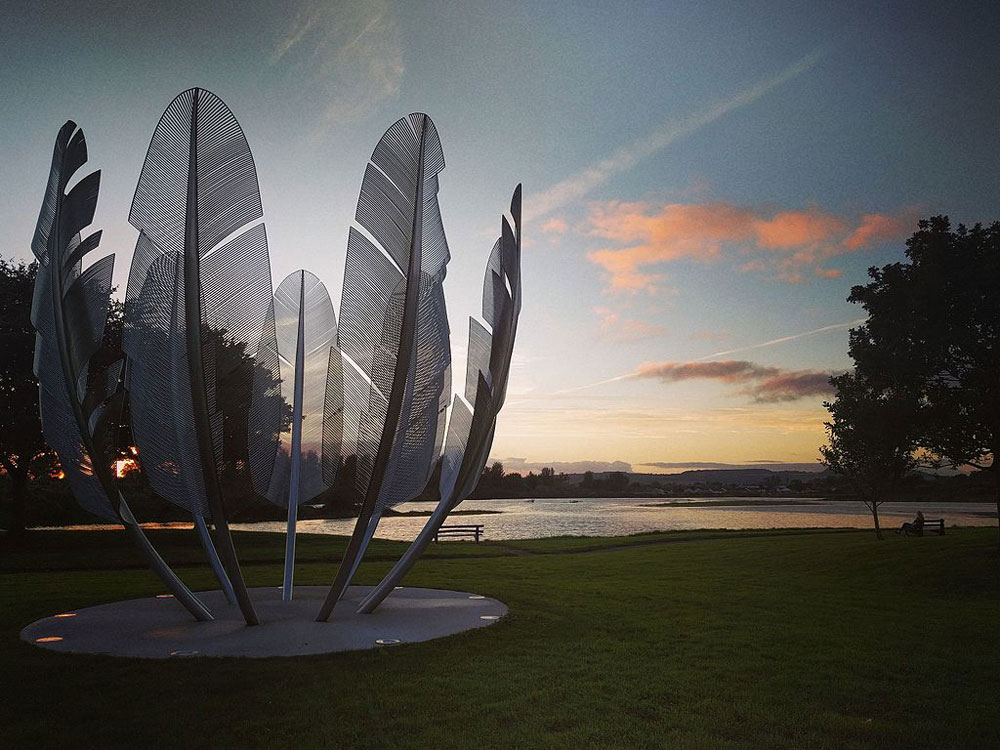
May 4, 2020; Cork Beo
In 1847, with Ireland devastated by the Great Hunger, members of the Choctaw Nation, still reeling from their own devastating Trail of Tears forced relocation, somehow managed to raise a sum of $170—the equivalent of $5,000 today—for Irish hunger relief. Thus began a remarkable connection between the people of Ireland and Native Americans.
Today, as Native communities struggle disproportionately with COVID-19, the people of Ireland are doing their best to return a 173-year-old favor: an Irish grassroots relief fund for Navajo and Hopi families has already raised more than $1.5 million from more than 24,000 donors, with a goal of $2 million.
As reported last week in NPQ, Raymond Foxworth (Navajo) of the First Nations Development Institute expressed concern for an “invisible population [who] is further invisible in this health crisis and economic crisis.” Native communities are especially vulnerable to COVID-19, in part because of “overcrowded housing and inadequate health care,” as reported last month by CBS News.
Sign up for our free newsletters
Subscribe to NPQ's newsletters to have our top stories delivered directly to your inbox.
By signing up, you agree to our privacy policy and terms of use, and to receive messages from NPQ and our partners.
Between 1847 and 2020, other significant gestures of friendship have been made between the Irish and Native American peoples. Most notably, in 2017, a Choctaw delegation attended the dedication of “Kindred Spirits,” a sculpture commissioned by the people of County Cork to commemorate that 1847 gift, as reported by Smithsonian Magazine. The bowl-shaped sculpture formed by large stainless-steel feathers was installed in the small town of Midleton, County Cork. The same article noted that, “In 1992, a group of Irish men and women walked the 600-mile Trail of Tears, raising $170,000 to relieve suffering in famine-stricken Somalia—$1,000 for every dollar donated by the Choctaw people in 1847.”
At the time of the “Kindred Spirits” dedication, IrishCentral.com published an article highlighting the many ways in which Irish and Native American cultures are similar. This report was, interestingly, based on an interview with Loretta Lynde, a woman of Irish descent whose family has lived on the Crow Reservation in Montana since the mid-1800s. Lynde noted the following similarities between the two groups: being victims of British colonization, which in both places led to hunger, genocide, and disease; being known as generous people; having strong oral traditions as well as “the gift of the gab”; having fought hard to maintain their cultures, traditions, and languages; having histories populated by strong women; having a somewhat flexible sense of time (and “being on time”); and being nature lovers.
It should be noted that in this moment, the generosity of the Irish people toward Native Americans is perhaps more extraordinary than ever before. Because even as Irish citizens contribute to this special fund for Navajo and Hopi families, they are at the same time waging their own health, economic, social distancing, and infrastructure battles with the same global pandemic as their kindred spirits half a world away.—Eileen Cunniffe













